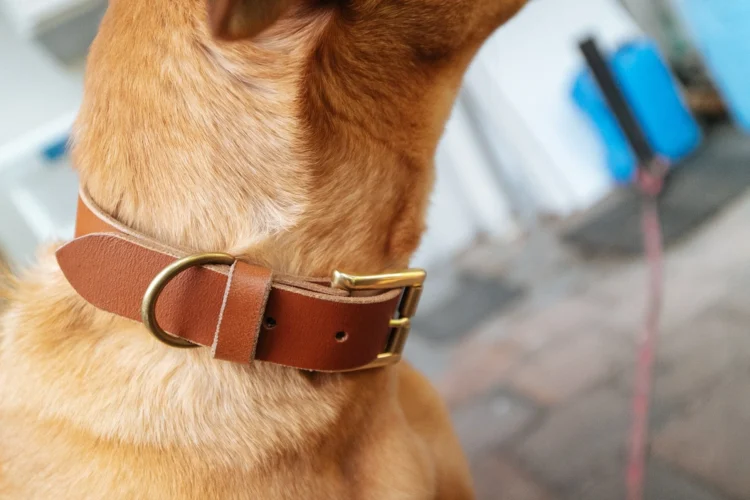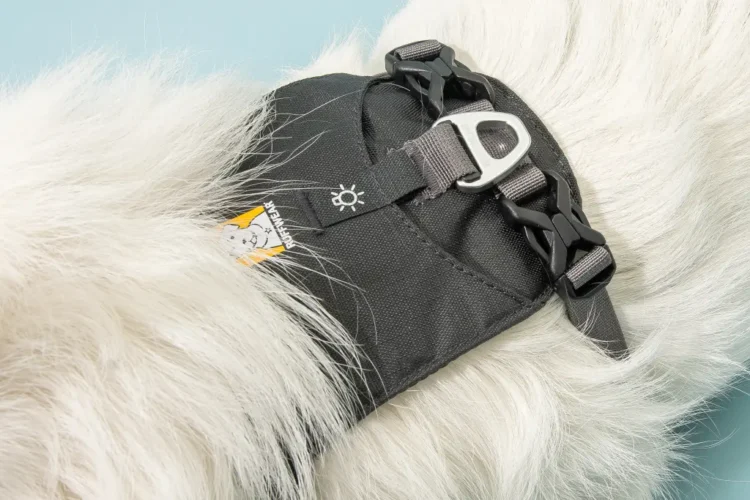When it comes to taking care of our four-legged companions, choosing the right dog collar is a decision that should not be taken lightly. The dog collar is not just a fashion statement; it plays a critical role in your dog’s comfort, safety, and overall well-being. While traditional collars have been a staple for many years, dog harnesses and lead sets have gained popularity in recent times. But how do you decide whether a dog harness and lead set is right for your furry friend?
In this article, we’ll explore the benefits and drawbacks of harnesses compared to traditional collars to help you make an informed choice.
The Traditional Dog Collar: A Classic Choice

Traditional dog collars have been used for centuries and are still a prevalent choice among dog owners. They come in various styles, materials, and designs, making it easy to find one that suits your dog’s personality and your own taste. However, it’s essential to recognize the pros and cons of traditional collars before deciding if they are the right choice for your pet.
Pros of Traditional Dog Collars
- Simplicity: Traditional collars are simple and easy to use. You can quickly snap them on and off your dog without any fuss. This convenience is a plus for dog owners who need to take their pets on regular walks or outings.
- ID Tags: Traditional collars are designed to hold identification tags. These tags are crucial for your pet’s safety as they provide essential information, such as your contact details and your dog’s name. If your pet ever gets lost, these tags can help reunite you with your beloved furry friend.
- Training Tools: Traditional collars can be useful in dog training, especially for obedience training. They allow for leash corrections, making it easier to guide and control your dog’s movements during walks or training sessions.
Cons of Traditional Dog Collars
- Neck Strain: One of the most significant drawbacks of traditional collars is the potential for neck strain and injury. When your dog pulls on the leash, the pressure is concentrated on their neck. Over time, this can lead to neck injuries or tracheal issues, particularly in smaller breeds or those prone to respiratory problems.
- Limited Control: Traditional collars provide limited control over your dog, especially if they are strong or have a tendency to pull on the leash. This can make walks more challenging and less enjoyable for both you and your pet.
- Escape Artists: Some dogs are escape artists and can slip out of traditional collars, especially if they are expert wrigglers. This poses a significant risk in areas with traffic or other dangers.
The Rise of Dog Harnesses: A Safer Alternative

In recent years, dog harnesses and lead sets have gained popularity as a safer and more comfortable alternative to traditional collars. A dog harness is designed to distribute the pressure evenly across your dog’s chest and back, reducing the strain on their neck and trachea. Here are the pros and cons of using a dog harness and lead set:
Pros of Dog Harnesses
- Reduced Strain: Dog harnesses are an excellent choice for dogs with a history of neck issues, such as brachycephalic breeds. They distribute the force of pulling across the dog’s body, reducing the risk of injury and discomfort.
- Control: Harnesses provide better control over your dog’s movements, making it easier to guide and direct them during walks. This is especially useful for larger and stronger dogs.
- Training Aid: Many dog trainers recommend harnesses for puppies and dogs in training. They discourage pulling and encourage proper walking behavior, making them a valuable tool for obedience training.
- Escape Prevention: Harnesses are less likely to slip off or allow your dog to escape compared to traditional collars, providing extra security when out and about.
Cons of Dog Harnesses
- ID Tags: While some harnesses come with a built-in ring for attaching identification tags, they are not as prominent as those on traditional collars. It may be necessary to use both a collar and a harness for the sake of ID tags.
- Comfort: Some dogs may not be comfortable with a harness, especially if they are not used to it. It’s essential to choose a well-fitting harness and introduce it gradually to ensure your dog’s comfort.
- Price: High-quality dog harnesses can be more expensive than traditional collars. However, the extra cost is often worth it for the added benefits and safety.
Making the Right Choice for Your Pooch

So, how do you decide between a traditional collar and a dog harness for your beloved pet? Here are some factors to consider:
- Size and Breed: Smaller dogs and brachycephalic breeds are more susceptible to neck injuries, making a harness an excellent choice for their safety and comfort. Larger and more muscular dogs might benefit from the additional control provided by a harness.
- Training Needs: If your dog is in training or has a history of pulling on the leash, a harness can be a valuable training aid. It discourages pulling and promotes better walking behavior.
- Comfort: Some dogs may find harnesses uncomfortable at first, so it’s essential to introduce them gradually and choose a well-fitting option. Your dog’s comfort should be a top priority.
- Safety Concerns: Consider your location and any safety concerns. If you live in a busy urban area or have an escape artist, a harness can provide added security.
- Combination Use: In some cases, using both a traditional collar with ID tags and a harness for walks may be the best compromise. This ensures your dog has proper identification while benefiting from the safety and control of a harness during walks.
Conclusion
Ultimately, the choice between a dog collar and a harness comes down to your dog’s individual needs, your preferences, and your commitment to their well-being. Whether you opt for a traditional collar or a harness and lead set, what matters most is the love, care, and attention you provide to your furry companion. Always prioritize your dog’s comfort, safety, and training needs when making your decision, and consult with a veterinarian or professional dog trainer if you have any doubts.







